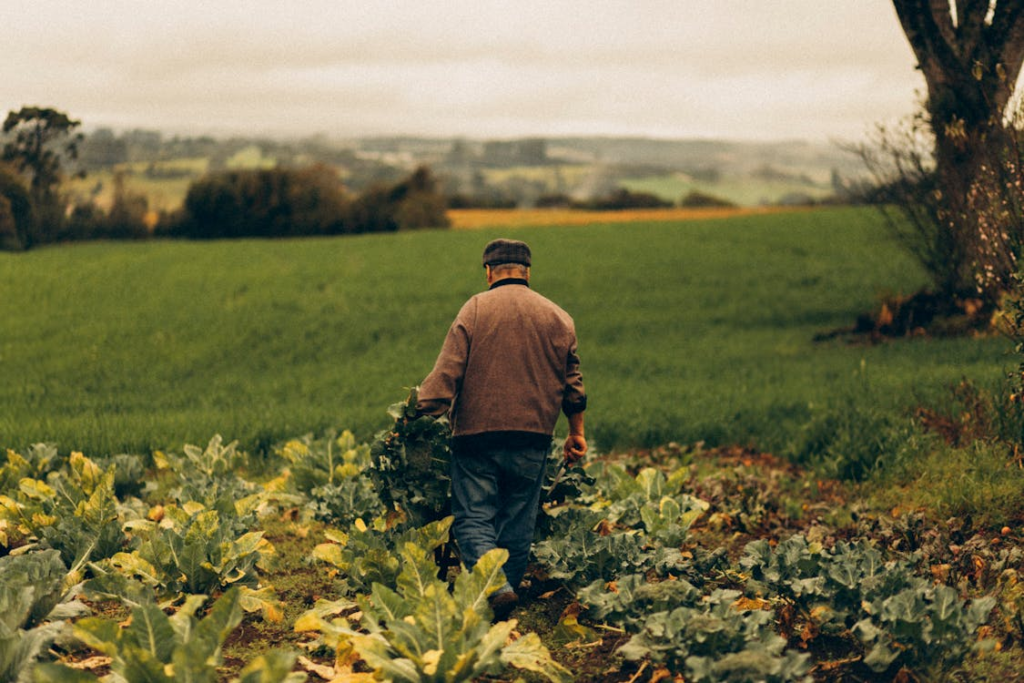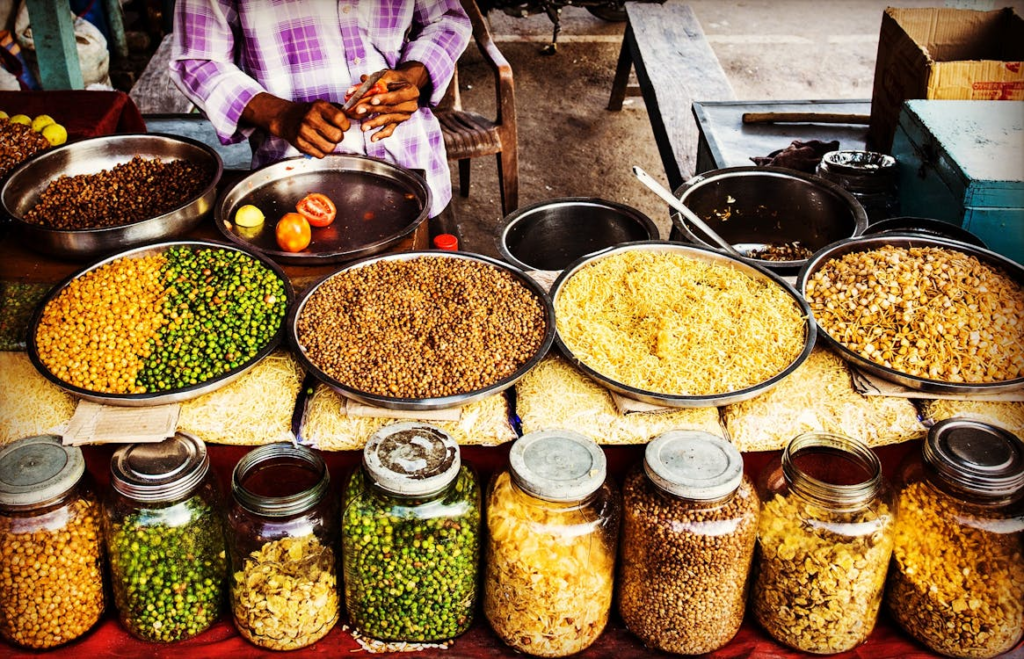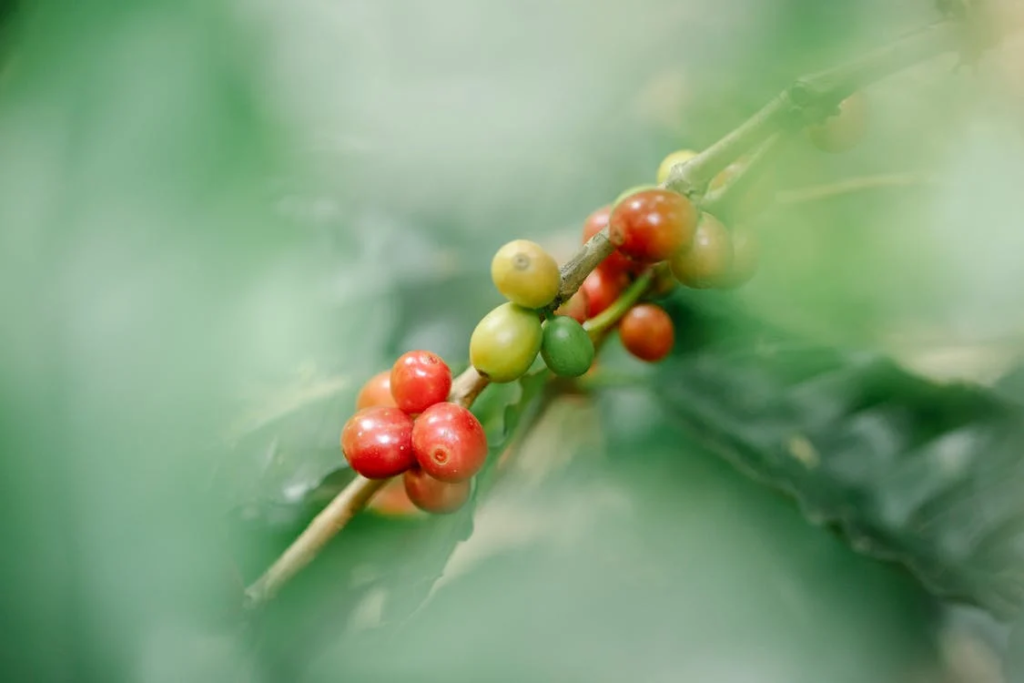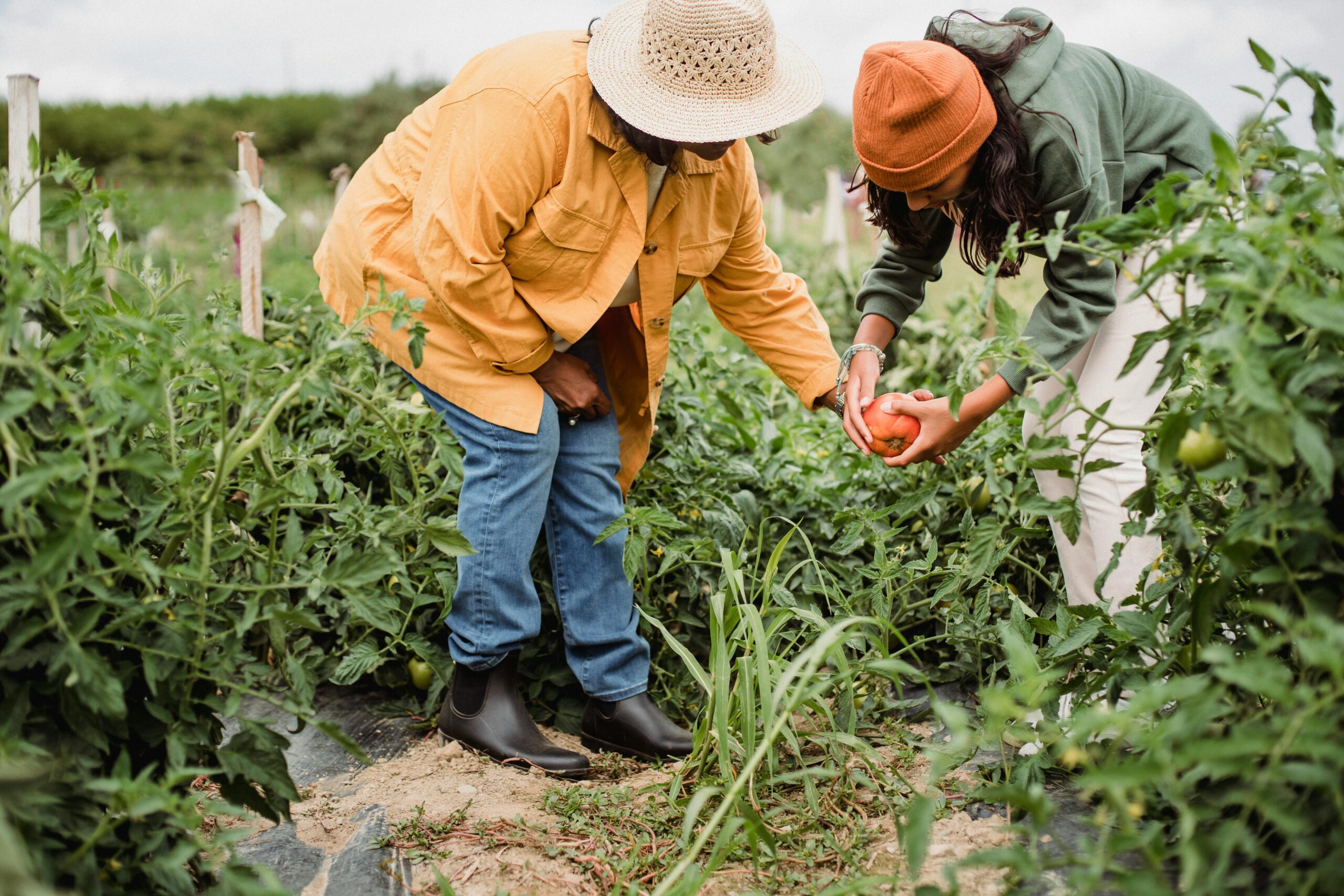Food crops are an essential part of human existence, providing the nutrients and energy necessary for daily life. Whether you are a new farmer, an experienced one, or simply someone interested in the world of agriculture, knowing the types of crops you can grow is critical. In this post, we will explore five different types of crops, explaining how they vary in their needs, cultivation methods, and economic benefits. Whether you’re looking to diversify your farm, increase your yields, or make the most of your available space, understanding food crops and the various types of crops can help you succeed in the farming world.
What Are Food Crops?
Before diving into specific types of crops, it’s essential to define what food crops are. Food crops are plants that are cultivated specifically for human consumption. They are grown in various climates and regions and are critical for feeding the global population. Understanding the different types of crops, their varieties, and cultivation practices can significantly affect the productivity and sustainability of a farm. Some of the most common types of food crops include grains, vegetables, fruits, legumes, and tubers. Each type of crop has unique requirements, but all contribute to a balanced diet and a thriving agricultural industry.
Types of Crops: An Overview
Crops can be classified into several categories based on their use, growth cycle, and other factors. The major types of crops include:
- Food Crops: Crops grown for human consumption, including grains, vegetables, and fruits.
- Cash Crops: Crops cultivated for commercial purposes rather than personal consumption.
- Forage Crops: Grown primarily for feeding livestock.
- Industrial Crops: Crops used in manufacturing products like biofuels, fibers, and pharmaceuticals.
- Cover Crops: Grown to improve soil health and prevent erosion.
Understanding the different types of crops will allow you to make informed decisions on what to plant, based on climate, soil conditions, and your goals.
1. Cereal Crops: The Backbone of Global Food Security

Cereal crops, also referred to as grains, are among the most significant types of food crops worldwide. They serve as a primary source of carbohydrates, an essential nutrient for human energy. The most commonly grown cereal crops include wheat, rice, corn, barley, and oats. These crops are cultivated on a vast scale and are pivotal to food security, providing food for millions of people across the globe.
Popular Cereal Crops:
- Wheat: A staple in many diets, wheat is used to make bread, pasta, and pastries. It is grown in temperate regions and requires a well-drained soil structure.
- Rice: One of the most widely consumed grains, rice is crucial in Asian diets. It thrives in areas with abundant water and warm temperatures.
- Corn (Maize): Often grown in both temperate and tropical climates, corn is used for food, animal feed, and industrial products like ethanol.
- Barley and Oats: Barley is used in brewing beer and as animal feed, while oats are widely used for human consumption, especially in the form of breakfast cereals.
The cultivation of cereal crops requires careful attention to the timing of sowing and harvesting, as well as adequate irrigation and soil management practices.
For more information on how wheat is grown and its importance, check out our detailed Guide on Wheat Cultivation.
How to Grow Cereal Crops Successfully:
Cereal crops need specific soil conditions, a balanced supply of water, and the right weather to thrive. It’s important to focus on crop rotation to maintain soil health and prevent pests. Organic farming techniques, such as using organic fertilizers, are also essential for improving yield and sustainability.
2. Vegetable Crops: A Diverse Group of Nutrient-Rich Plants

Vegetable crops are another essential group of food crops that are grown for their edible parts, including leaves, stems, roots, and flowers. Vegetables are packed with nutrients like vitamins, minerals, and fiber, making them critical components of a healthy diet. The variety of vegetables grown across the world is vast, including leafy greens, root vegetables, legumes, and cruciferous crops.
Common Vegetable Crops:
- Tomatoes: Popular worldwide, tomatoes are used in a variety of dishes. They grow best in warm climates and require well-drained soil.
- Carrots: These root vegetables are rich in vitamin A and thrive in loose, sandy soils.
- Spinach and Lettuce: Leafy greens, essential for salads and other dishes, require cool temperatures and consistent watering.
- Potatoes: As one of the most versatile and nutritious vegetables, potatoes are grown globally and can be stored for extended periods.
Growing vegetables requires careful planning and knowledge of each plant’s growth cycle. Vegetables are often sensitive to pests and diseases, making organic farming practices particularly beneficial. Check out our Step-by-Step Guide to Starting Organic Farming for more tips on growing vegetables organically.
How to Optimize Vegetable Crop Yield:
Vegetable crops often require more attention compared to other types of crops. Proper irrigation, pest control, and soil management practices are essential. You can also improve your vegetable crop’s growth by using organic fertilizers and applying mulch to retain moisture.
3. Legumes: Protein-Packed Crops for Sustainable Farming

Legume crops are crucial for sustainable farming. These crops, which include beans, peas, lentils, and chickpeas, are rich in protein and other essential nutrients. They are also beneficial to the soil due to their nitrogen-fixing abilities, making them an excellent choice for crop rotation and improving soil health.
Popular Legume Crops:
- Chickpeas: A key ingredient in Middle Eastern and Mediterranean diets, chickpeas thrive in warm climates with moderate rainfall.
- Lentils: Known for their quick-growing cycle, lentils are grown primarily in arid regions and are rich in protein and fiber.
- Beans (Kidney, Black, and Soy): Beans are versatile and grow well in both temperate and tropical climates. They are often used in soups, stews, and salads.
Growing Legumes for Profit and Sustainability:
Legumes are nitrogen-fixing, meaning they naturally replenish the nitrogen in the soil, reducing the need for chemical fertilizers. By including legumes in your crop rotation, you can improve soil fertility and boost the yield of subsequent crops.
Learn more about Pulse Crops and Their Importance in Sustainable Agriculture.
4. Fruit Crops: Sweet and Healthy Additions to Your Farm

Fruit crops are another important category of food crops. These plants are grown for their edible, sweet, and nutritious fruits, which are rich in vitamins, antioxidants, and fiber. Fruits like apples, oranges, bananas, and berries are grown globally, and many are suitable for organic farming.
Common Fruit Crops:
- Apples: A widely grown fruit in temperate climates, apples are used in a variety of foods, from pies to juices.
- Citrus Fruits: Oranges, lemons, and limes are grown in warm climates and are crucial for vitamin C intake.
- Bananas: A tropical fruit that is a major staple in many countries, bananas are grown in humid, warm conditions.
Tips for Growing Fruit Crops Successfully:
Fruit trees need careful maintenance, including pruning, pest control, and appropriate watering. Organic farming techniques can be used to reduce the need for synthetic pesticides and fertilizers.
5. Tubers: Underground Crops with High Nutritional Value

Tubers, like potatoes, sweet potatoes, and yams, are underground crops that are essential food sources in many parts of the world. These crops are nutrient-dense, providing carbohydrates, vitamins, and minerals. Tubers are often grown in sandy or loamy soil and require moderate water levels.
Common Tubers Grown Globally:
- Potatoes: One of the most consumed tubers worldwide, potatoes are versatile and can be grown in many regions.
- Sweet Potatoes: Known for their sweet taste and high nutritional value, sweet potatoes are grown in both tropical and temperate climates.
Best Practices for Growing Tubers:
Tubers thrive in well-drained soil with plenty of organic matter. They require moderate temperatures and regular irrigation, but they must not be overwatered.
Conclusion: A Diverse and Thriving World of Food Crops
Understanding the different types of crops is crucial for anyone involved in farming or interested in agriculture. Whether you are focusing on food crops, cash crops, or other types of crops, each one comes with its specific needs and benefits. By selecting the right crops for your environment and goals, you can ensure sustainable and profitable farming.
For more in-depth information on farming and crop cultivation, visit our related articles on Organic Farming, Wheat Cultivation, and Top 10 Organic Farming Crops.

